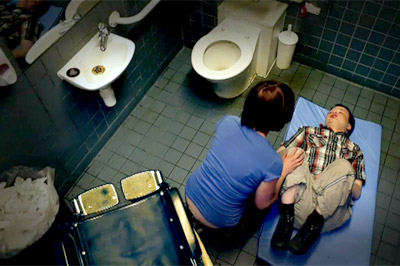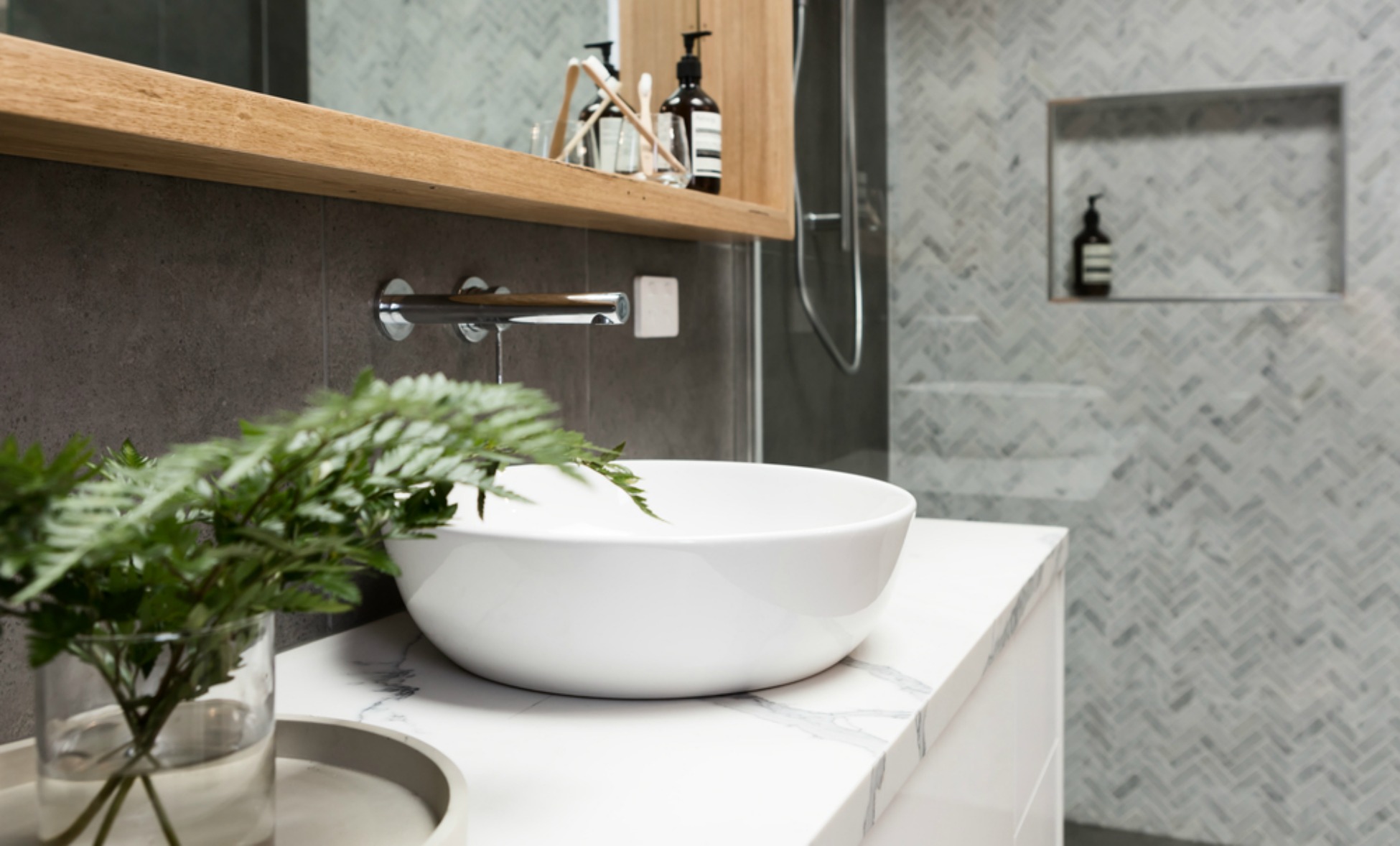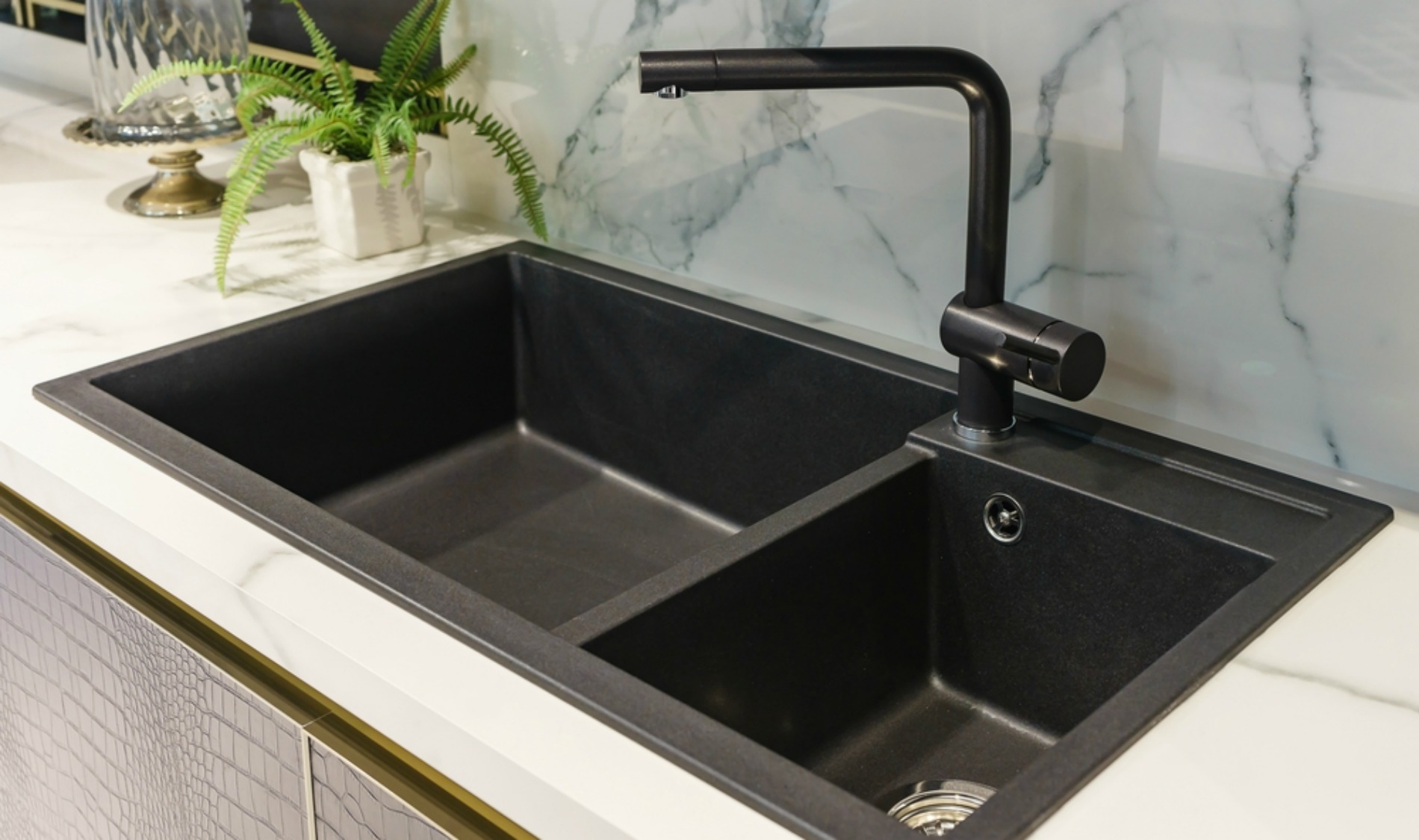I thought I’d share my view from a plumber and mother’s perspective on this debate.
Firstly, to answer this question, there is no law stating you can’t use an accessible toilet if you are not disabled.
Accessible toilets are plumbed for disabled use, not plumbed for exclusive use like a disabled car park. Cars stay in the one place for a long time. Hopefully when someone does their business in an accessible toilet it’s a short trip in and out. It may depend on what they ate the night before. 🙂
In most cases, the accessible toilet is used for a specific reason by someone who is not disabled – like changing a nappy when no parent room is available or wheeling a trolley full of kids for safety, when a normal cubicle doesn’t allow for this. It could be an elderly person who wants to avoid an accident and it was the first door available to relieve themselves.

When I went to Tafe, there were no female bathrooms in the plumbing shed. I had to use an accessible toilet that had a female and disabled use sign on the door. I don’t know if it has changed since but I actually hated using that toilet because I had to pass the staff room window to access it. The teachers knew where I was headed and as they were all male it just made me feel uncomfortable. And the toilet was used by the blokes at Tafe too. I could tell by the drips on the tiled floor around the toilet bowl. Disabled toilets are unisex so that female sign on the door meant doodley squat. Once I found an exclusive female bathroom in the library, I went there instead.
I’ve never been disabled and so cannot comment on the frustration of not being able to use a disabled toilet because an able body is in there using the facilities. What seems to be the most common problem is availability of accessible toilets and Changing Places Facilties with most property developers providing the bare minimum to meet a building code. It also doesn’t help when the cleaners or centre management use the space for storage!
Some solutions to making accessible toilets more available would be to provide more than one disabled toilet in each property where needed like in large shopping centres and high traffic public areas. I have seen some shopping centres come on board with this idea by providing two accessible bathrooms after a renovation. Providing a larger cubicle in the male and female bathrooms for mums and dads with a brood of kids and trolley would also be practical as it enables the accessible toilet available for the exclusive use by the disabled.
As a result of doing a bit of research on this topic, I came across a website explaining the need for Changing Places Facilities. Changing Places Facilities are rooms designed for those that cannot use standard accessible toilets. The facility requires a toilet pan, an adult size changing table, a ceiling hoist, sufficient circulation space ( for 2 carers and their client) and a safe and clean environment. It is specifically designed for those that suffer from major disabilities like those with acquired brain injury, cerebral palsy, multiple sclerosis, spina bifida, motor neurone disease and their carers. As a plumber I haven’t heard of this before, but it makes sense how important it is to provide these facilities in every public place to allow these people to live a normal life. Under the current BCA there is no need to provide a Changing Place Facility as it is above and beyond the current legislation in place. I think this ruling needs to change.
I can not imagine a carer trying to change their client’s sanitary needs on a dirty toilet floor. It makes sense to provide adult change tables and hoists to assist them, provided in a room that allows ease of mobility.

As an able bodied person, I take for granted the facilities provided to me and writing this post has opened my eyes above the trivial question of can you use a disabled toilet if you aren’t disabled. It seems there is a real need to provide Changing Places Facilities or change the legislation on the design layout of a disabled toilet so it can be used for adult changing.
It does need to be said that accessible toilets should mostly be used by the disabled, not the well-abled.
I was going to ask if you have used an accessible toilet, but to be honest, I don’t really want to know. Have you ever heard of Changing Places Facilities and do you think they should be provided in every public area?
I’m linking with With Some Grace for Flog yo Blog Friday.







